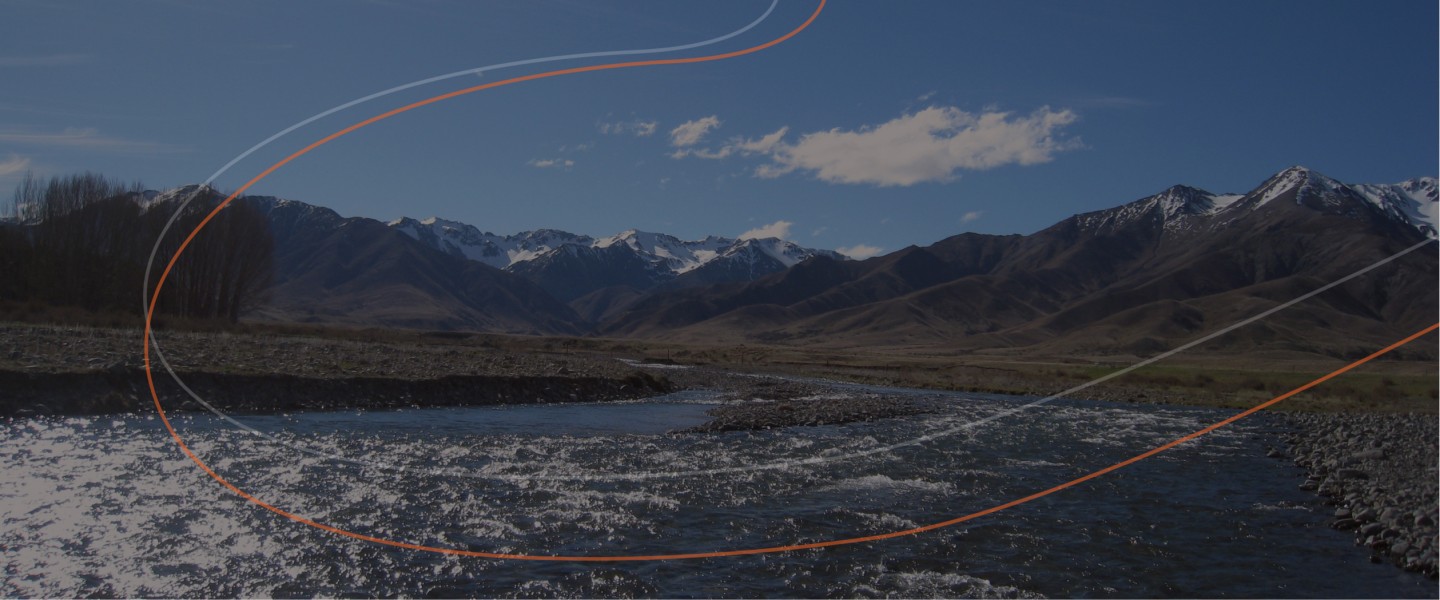References
- Moshtaghian H, Bolton K, Rousta K. Challenges for Upcycled Foods: Definition, Inclusion in the Food Waste Management Hierarchy and Public Acceptability. Foods. 2021;10(11):2874.
- Kitchen R. Home Page NZ2024 [7/11/2024]. Available from: https://www.rescued.co.nz/.
- Advisor OotPMsCS. The scale of our food waste problem. NZ: OPMCSA; 2021 [7/11/2024]. Available from: https://www.pmcsa.ac.nz/topics/food-rescue-food-waste/what-can-i-do-with-my-food-waste/why-food-waste-matters/#:~:text=Globally%2C%20an%20estimated%202.5%20billion,of%20all%20food%20that's%20produced.
- Thorsen M, Mirosa M, Skeaff S, Goodman-Smith F, Bremer P. Upcycled food: How does it support the three pillars of sustainability? Trends in Food Science & Technology. 2024;143:104269.
- Petit G, Korbel E, Jury V, Aider M, Rousselière S, Audebrand LK, et al. Environmental Evaluation of New Brewer’s Spent Grain Preservation Pathways for Further Valorization in Human Nutrition. ACS Sustainable Chemistry & Engineering. 2020;8(47):17335-44.
- Paraskevopoulou C, Vlachos D, Bechtsis D, Tsolakis N. An assessment of circular economy interventions in the peach canning industry. International Journal of Production Economics. 2022;249:108533.
- Rao M, Bast A, de Boer A. Valorized Food Processing By-Products in the EU: Finding the Balance between Safety, Nutrition, and Sustainability. Sustainability. 2021;13(8):4428.
- Scherhaufer S, Davis J, Metcalfe P, Gollnow S, Colin F, De Menna F, et al. Environmental assessment of the valorisation and recycling of selected food production side flows. Resources, Conservation and Recycling. 2020;161:104921.
- Jain S, Gualandris J. When does upcycling mitigate climate change? The case of wet spent grains and fruit and vegetable residues in Canada. Journal of Industrial Ecology. 2023;27(2):522-34.
- Eriksson M, Bartek L, Löfkvist K, Malefors C, Olsson ME. Environmental Assessment of Upgrading Horticultural Side Streams—The Case of Unharvested Broccoli Leaves. Sustainability. 2021;13(10):5327.
- Aschemann-Witzel J, Asioli D, Banovic M, Perito MA, Peschel AO, Stancu V. Defining upcycled food: The dual role of upcycling in reducing food loss and waste. Trends in Food Science & Technology. 2023;132:132-7.
- Moshtaghian H, Bolton K, Rousta K. Upcycled food choice motives and their association with hesitancy towards consumption of this type of food: a Swedish study. British Food Journal. 2024;126(1):48-63.
- Krishnan R, Arshinder K, Agarwal R. Robust optimization of sustainable food supply chain network considering food waste valorization and supply uncertainty. Computers & Industrial Engineering. 2022;171:108499.
- Thorsen M, Skeaff S, Goodman-Smith F, Thong B, Bremer P, Mirosa M. Upcycled foods: A nudge toward nutrition. Frontiers in Nutrition. 2022;9.
- Leipold S, Weldner K, Hohl M. Do we need a ‘circular society’? Competing narratives of the circular economy in the French food sector. Ecological Economics. 2021;187:107086.
- Johansson N. Why is biogas production and not food donation the Swedish political priority for food waste management? Environmental Science & Policy. 2021;126:60-4.
- Foundation EM. Cities and circular economy for food. UK: Ellen Macarthur Foundation; 2023.
- Long TB, Looijen A, Blok V. Critical success factors for the transition to business models for sustainability in the food and beverage industry in the Netherlands. Journal of Cleaner Production. 2018;175:82-95.
- Thorsen M, Nyhof F, Goodman-Smith F, Deutsch J, Mirosa M. Accessing Supermarket Shelves: Retail Category Managers Advice to Upcycled Food Manufacturers. Journal of Food Products Marketing. 2022;28(4):179-92.
- Taufik D, Rood R, Dagevos H, Bouwman EP, Reinders MJ. Effects of abstract and concrete communication on moral signalling and purchase intention of upcycled food products. Cleaner and Responsible Consumption. 2023;8:100110.
About the Briefing
Public health expert commentary and analysis on the challenges facing Aotearoa New Zealand and evidence-based solutions.
Subscribe

Public Health Expert Briefing
Get the latest insights from the public health research community delivered straight to your inbox for free. Subscribe to stay up to date with the latest research, analysis and commentary from the Public Health Expert Briefing.